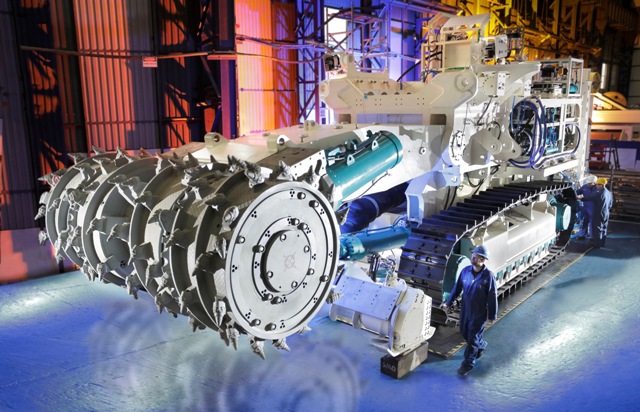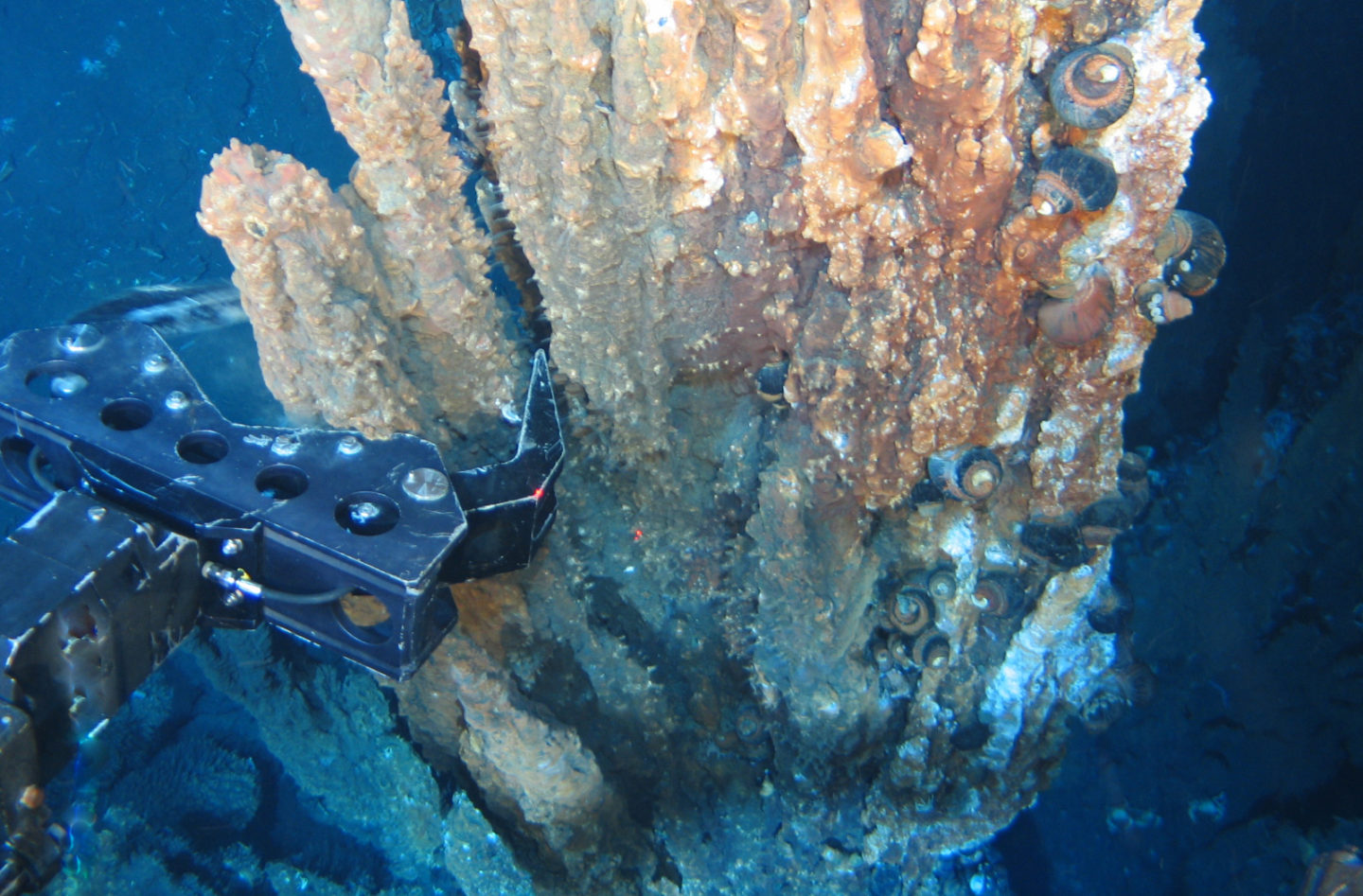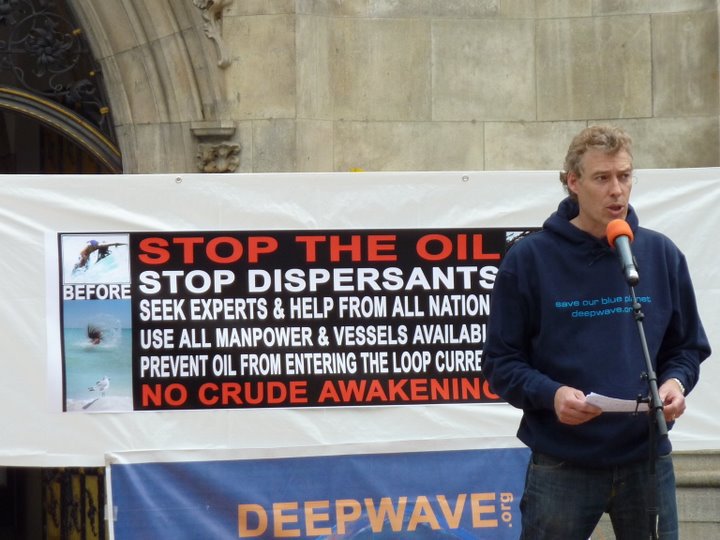Deep Sea
kingdom of fascinating specialists. But we are about to destroy it irreversibly
Plastic pollution in the Mariana Trench
In this precarious time concerning worldwide pollution, the actual dimensions plastic pollution has actually taken is still surprising. Not a single crevice in the ocean is safe from non-degradable particles. Even at almost 11 km below the surface, at the deepest point of the ocean known as the Mariana Trench, scientists found plastic. It is no secret that approximately 94% of the plastic found in the ocean is located somewhere on the seafloor. Nonetheless, this finding reveals the shockingly high contamination of plastic within the most remote place, the deep sea. This outlines the absolutely dire state the planet really is in, as it allows for the biomagnification and -accumulation in the deep sea food web, a highly complex and sensitive system in a very fragile ecosystem.
The related article of Damian Carrington from the Dec. 20th 2018 can be found on The Guardian.
More information about the deep sea can be found in our DEEP SEA campaign and more information regarding plastic can be found within our PLASTIC POLLUTION blog.
IUCN report: the future of deep sea mining
When we think of the deep sea, we often associate this unique habitat with cold and darkness. What at first seems dull and empty is home to an amazing variety of species. IUCN’s 2018 report also described ecosystems as unique and valuable. The report’s authors stress that we have brought many marine species and habitats to the brink of destruction through our ruthless treatment of our environment. As commercial interest in the raw materials of deep sea soils increases, there is an urgent need to prevent deep-sea exploitation and destruction.
The report therefore focuses on the possible consequences of deep-sea mining and approaches to monitoring sustainable deep sea mining. Another important point is the geographical and geological specificities of potential mining areas and legal frameworks. In addition, different mining technologies are described, including environmental parameters such as extreme pressure and enormous depths, which could complicate the undertaking.
The authors of the report stress that the consequences for ecosystems are sometimes very difficult to assess and that data must be collected as a matter of urgency. Studies have already shown how devastating a shift of sediments in the seabed can be for habitats and biodiversity. There is even evidence that the changes in species structure in the mining area may be irreversible. However, this is only one of many possible disturbances of the sensitive habitats.
Finally, it has to be said that this is a very complex issue. Different interest groups and institutions must work hand in hand to solve these challenges. It is to be hoped that scientific results and environmental assessments will be taken seriously and decided in the interest of our environment.
Annabelle Siebert for DEEPWAVE
You can download the report at IUCN.
More information about deep sea can be found at our deep sea blog.
The future of deep seabed mining
“Our current knowledge of the deep sea is not sufficient to protect the unique species that live there from mining operations. It is alarming to see contracts being granted for these still largely unexplored and vulnerable areas. We need a 10-year moratorium on seabed mining exploitation.” – Carl Gustaf Lundin, director of International Union for Conservation of Nature’s (IUCN) of Global Marine and Polar Programme.
This week the International Seabed Authority (ISA) is meeting in order to develop guidelines for the future of deep sea mining together with the industry. A 2019 publication by Jessica Aldred of the Chinadialogue ocean dealt with the complex nature of the deep sea floor, being a mineral rich resources holding the potential to future wealth, but at what cost? The jurisdictional issue that the ocean floor lies outside of any one countries boundary has led to grievances, as countries such as Japan hold deep sea beds within their continental waters, and are free to exploit these, whilst other countries do not have this “opportunity”. This, and other issues, were bound to be discussed in the recent meeting of the International Seabed Authority (ISA) with the aim to draw up a code of conduct for responsible use of deep seabed resources in an environmentally acceptable manner.
The related article of Jessica Aldred from the Feb. 25th 2019 can be found on Chinadialogue ocean.
Further links of interest:
IUCN, International Union for Conservation of Nature: https://www.iucn.org/
Further information about the deep sea: https://www.deepwave.org/the-oceans/the-deep-sea/?lang=en




